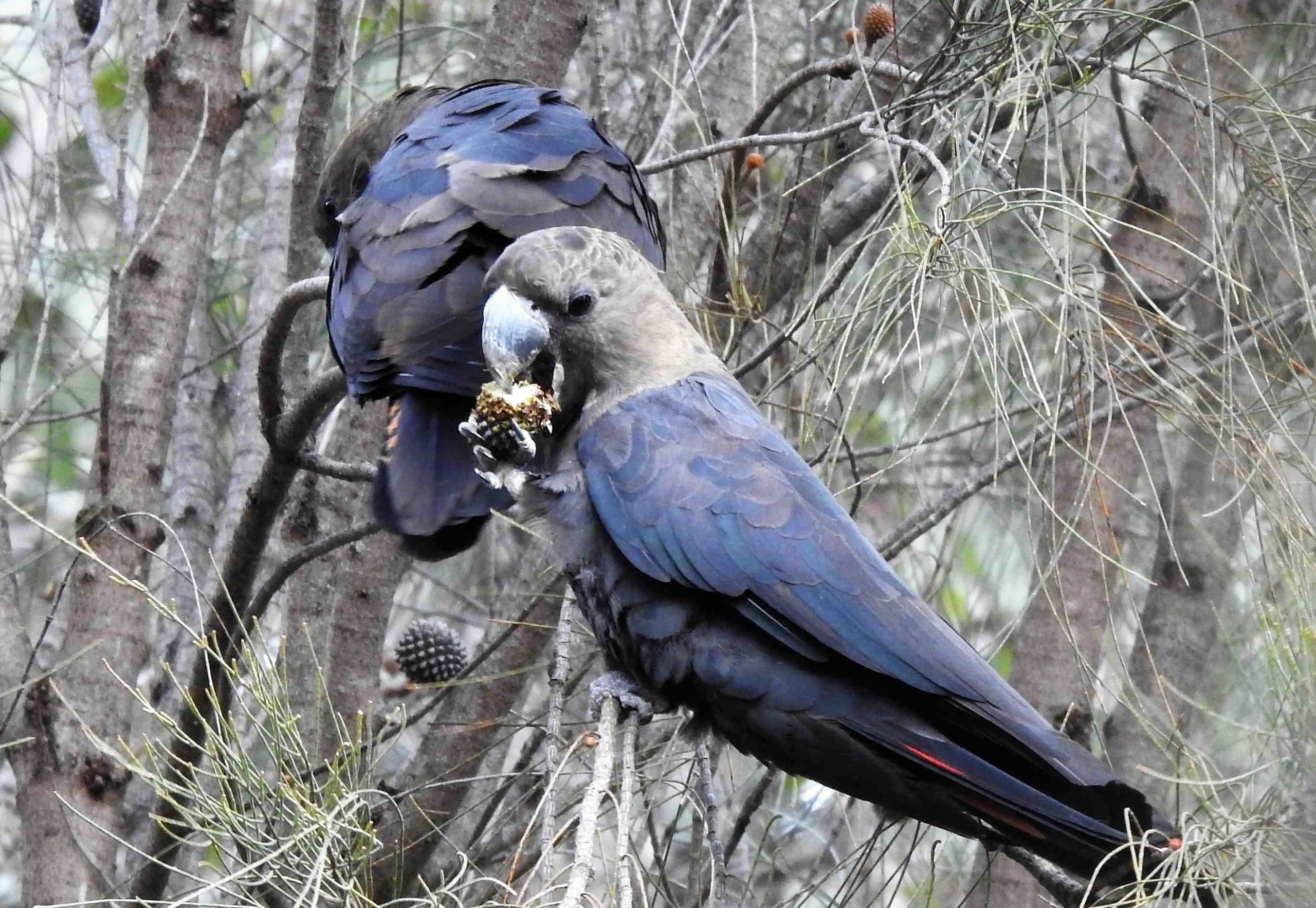
Timing is essential
After a fire, habitats naturally pass through different phases of recovery. In the early recovery stages forest habitats have a high density of short-lived plants that germinate after fire and generally live from one to 10 years. These cover bare soils and prevent erosion, provide shelter and food for animals and protect other growing plants. The recovering forest may look very different and in some instances the growth may be impenetrable. When these plants mature and produce seed they die or substantially thin out.
These species include Incense Plant, Kangaroo Apple and more commonly known plants such as Silver Wattle and Black Wattle.
The seeds of these plants can lay dormant in the soil for many years and you may not have seen them on your property before. As the habitat matures naturally it will come to look more like it did before the fire.
Different habitats tolerate intense fire on different timescales. For example, the optimal interval for intense fire in Heathy or Grassy Dry Forest can be from 15-45 years (see graphic). This timescale is individual to each site and is dependent on a number of factors.
If fires are too frequent or not frequent enough the composition and structure of vegetation communities can change. When fire events occur too frequently species that haven’t had time to set seed and reproduce are lost from the community. For example, Alpine Ash (Eucalyptus delegatensis) trees require up to 15 years to reach reproductive maturity and set seed. If a fire occurs before the trees mature they may become locally extinct.
If there is too long between fires some fire-dependent species may die out. Fire-dependent species rely on fire events to trigger set seed start the next generation.
Not all vegetation types need fire and fire may actually destroy some habitats such as rainforest and wet forest. These fire-sensitive habitats regenerate in different ways.
There are many ways to help the bush recover after a fire. These may include:
- Establishing permanent monitoring points, such as photo points, to record changes over time
- Weed control to manage invasive species and remove competition for our native plants
- Installing nest boxes to provide homes for hollow-using species
- Revegetating any missing keystone species that have failed to regenerate
- Pest animal control to assist our native species by removing threats such as predators and heavy browsing
- Erosion management, protecting our precious recovering soils.
- Stock removal through fencing, to protect recovering vulnerable vegetation.
- Protecting habitat on your property permanently with a conservation covenant through Trust for Nature.
There are a number of organisations that can offer advice and assistance. These include:

